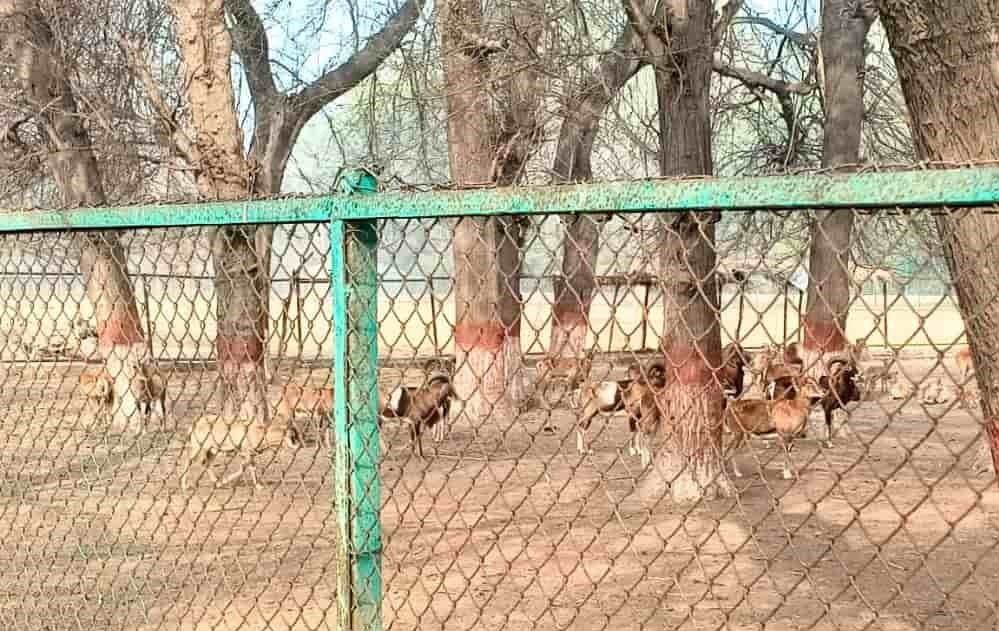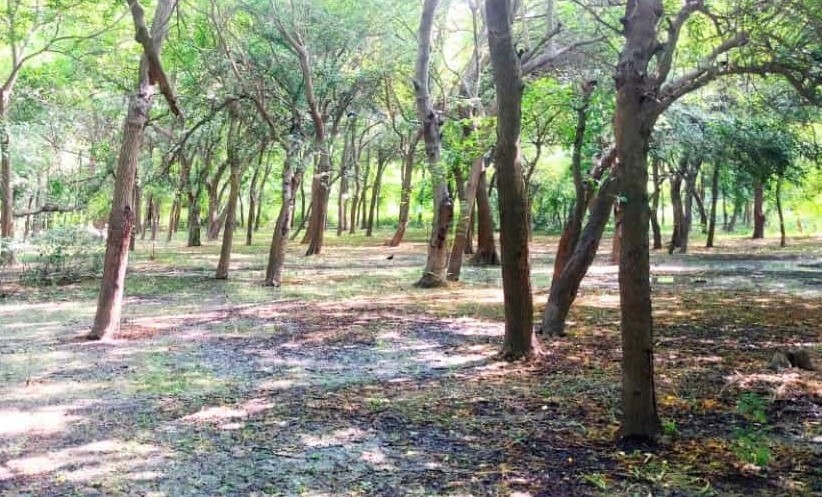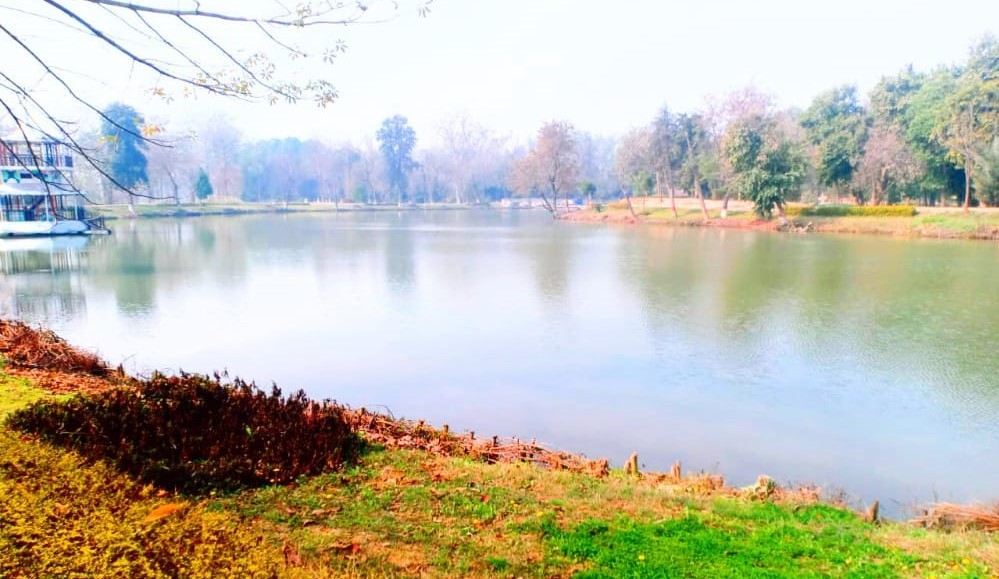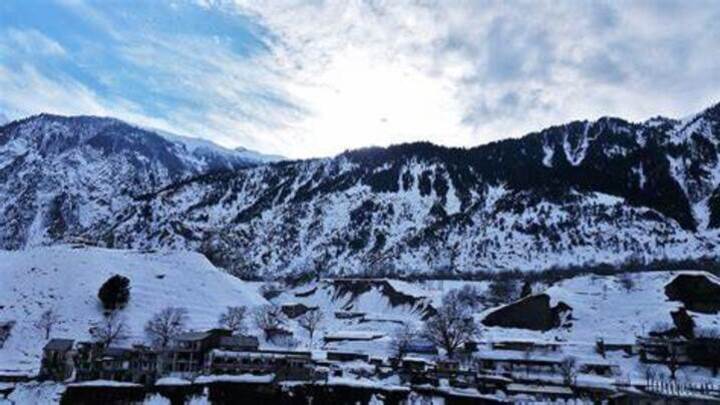Blessed with fertile land, Punjab Province is home to lush fields and abundant natural plants. The most attractive forests and sports reserves on earth are found in this region. The “Changa Manga” man-made forest is located in the Kasur districts of Punjab province. In the past, it was the largest man-made forest in the world but in recent years, massive illegal desertification has occurred.
In addition to twenty-seven species of insects, it is home to fourteen species of mammals, fifty species of birds, and six species of reptiles. Activities that people enjoy in Changa Manga include boat rides on Lunar Lake, train rides, and wildlife viewing. The forest is currently spread over an area of 12,000 acres.
The park is one of the few places for outdoor recreation in Pakistan. This park is managed by the Kasur Forest Division. Since there are no entertainment venues in the district and the adjoining outdoor areas of Lahore, many people visit here to take a break from their normal routine.
The resources of the forest have been used to create some recreational facilities such as Pagoda, Changa Manga Bridge, mini zoo, swimming pool, Lunar Lake, and picnic gardens. Guest house reservations are available at Changa Manga for the new four- and five-bedroom cottages.
In this blog, we are going to look at some interesting facts about the Changa Manga forest, but first, let’s take a look at the forest’s history.
Changa Manga History

Tree planting in this wildlife reserve began more than a century ago in 1866. Between 1871 and 1872, Mr. B. Rabindranath, Inspector General of Forests in British India, studied the Changa Manga forest area and identified areas where long-rooted bar trees could be planted. Deforestation began in Changa Manga in 1881 as it took about fifteen years for the forest to fully develop.
Forest Park Management

Changa Manga Park is maintained by the Punjab Forest Department. Kasur Forest Division is one of the few parks for outdoor recreation in Pakistan. Every month a large number of people from all walks of life visit this place.
Due to the lack of recreational facilities in the province in general and in the adjoining areas of Lahore in particular, it has become one of the most visited parks in the country in recent years. Lunar Lake recreational facilities include a pagoda, picnic lawn, suspension, and cantilever bridge, a swimming pool, a mini zoo, and wildlife parks connected to the tramway.
In addition, there are four-bedroom motels and new four-bed and five-bed forest rest houses for visitors. Due to financial constraints, most of these facilities have suffered and are not up to standard. Considering the number of visitors.
Wildlife and Plants in Changa Manga

The forest houses a wide variety of flora and fauna. Known as “one of the oldest man-made forests”, Changa Manga is home to a wide variety of plants and wildlife, making it a popular tourist destination. It has 14 species of mammals, 50 species of birds, six species of reptiles, two species of amphibians, and 27 species of insects. Reference to this statement is not available. As a result, the forest serves as an important habitat for animals, in addition to providing timber for the local economy.

The forest is home to Acacia Nilotica (Kikar), Cono Plant, Eucalyptus (Safaidah), Dalbergia Sissoo (Sheesham), Morus Alba (White Mulberry), Neem tree, and a few species of Populus trees that make it the best habitat for a variety of wild animals and Birds.
Interesting facts about Forest
- The forest planting campaign was inaugurated in February 2017. At least 7,300 saplings were planted on 10 acres.
- On February 13, 2014, a huge fire broke out in Changa Manga, destroying almost half the forest, including birds and animals.
- In 2014, the Punjab government organized the Basant Festival in the jungle.
- On June 30, 2012, the Anti-Corruption Establishment (ACE) registered a case against 27 officials of the Forest Department for stealing timber from Changa Manga Forest. According to a report, about 3,000 acres of forest were cut down illegally.
- In 2005, the World Wildlife Fund Pakistan launched a captive breeding program in the Changa Manga Forest aimed at protecting viable populations of white-backed vultures. Currently, the facility has 18 white-backed vultures.








Super blog…..thanks for sharing
Thanks, ?